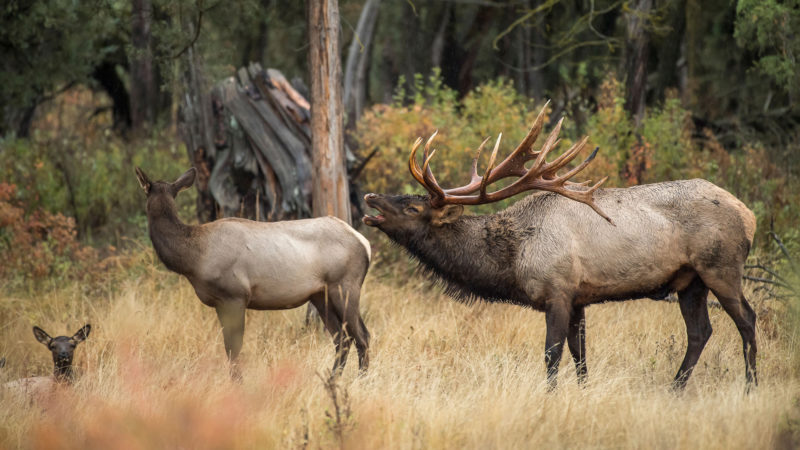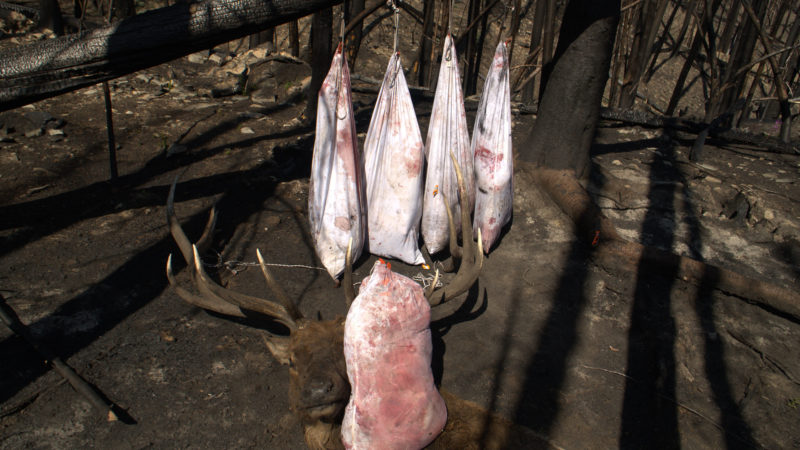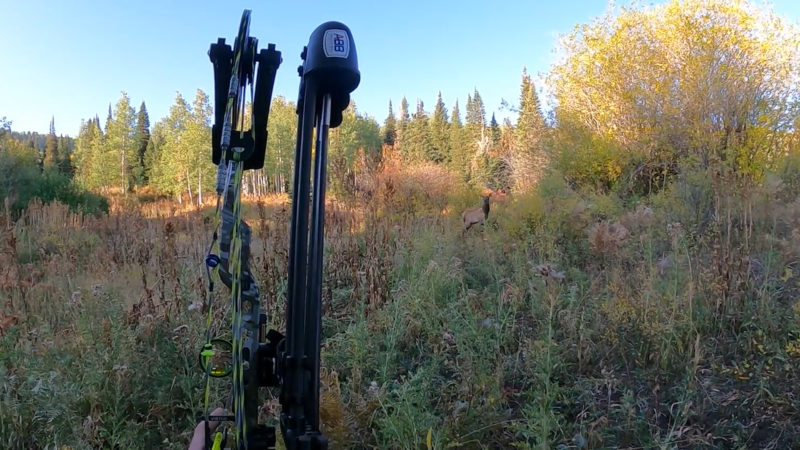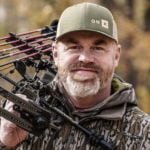As the summer days close in on fall, elk hunters are wrapping up the final prep work as they make plans to head back into the mountains in search of bugling bulls. It’s an exciting time of year as the scorching hot days of summer begin to make the shift, signaling the arrival of another bowhunting season.
Bowhunters across the country will soon be in pursuit of one of the finest creatures to ever walk the earth. However, statistics show that most will go home empty handed. The odds are rarely in the bowhunter’s favor. But there are some common pitfalls to avoid that’ll help advance the hunter’s cause when going to battle with a bull. Here’s a look at the elk hunting fails to avoid this season.
Hunting Where There Aren't Any Elk
Sure, this one sounds like a no-brainer. But you might be surprised at how many hunters burn up the trails each year in areas void of elk. Hunting where elk were instead of where elk are is a big fail. You’ve got to learn the difference in fresh sign and the sign that was left last week.
Breaking down an area to quickly learn whether you’re on the herd, or not, is a skill that takes time. But once you figure this one out, you’ll be on your way to staying in the elk every day. How do you do it? The key is to know your maps, target potential hotspots, and confirm the presence of elk. Your binos can be a lifesaver here.

Too Much Hiking & Calling, Not Enough Glassing & Waiting
Elk hunters need to know when to make their move. Unfortunately, many hunters fail here. Far too many hunters spend excessive amounts of time hiking and calling rather than spending time behind the glass and letting the elk make the first move. It’s important to slow down and remember, aimless hiking will typically do more harm than good. A lot of hunters are unknowingly blowing elk out of the area by moving across the landscape without a method to their madness.
“Hunters need to find the right time to be aggressive,” says Paul Morrison, elk hunting guide at Big Horn Outfitters. “There’s a time to move and a time to sit tight and let elk make the move. Spending more time behind the glass is a tactic that is often overlooked. Few hunters have the patience it takes. Most hunters want to be on the move looking for elk by foot. The end result is often a spooked elk herd. When things slow down, find a water hole or glassing point to park it and wait on the action to pick back up later in the day.”

Not Knowing When to Draw Your Bow
Sadly, many hunts fall apart at the moment of truth. Elk are big, overwhelming targets when encountered in tight quarters in bow range. A lot of hunters can’t handle the adrenaline rush of having such a beast up close and personal. They fall apart and blow it trying to draw their bow at the wrong time.
“Drawing your bow at the wrong time saves more elk at close distance than almost anything else,” says Morrison. Elk don’t have the best vision, but don’t think you can get away with excessive movement. They will pick you out if you’re not careful with when you draw your bow. Try to set up in such a way that you have some type of tree or cover between you and the approaching bull. This will allow you some cover to draw from as he walks by. Otherwise, draw slowly when the bull’s eyes are facing away from you.

Overcalling/Calling at the Wrong Time
Elk hunters like to hear elk bugle. That’s what drives them to the mountain each year. If they are not bugling, it’s tempting to throw everything you can at them to make them bugle. It’s much like a turkey hunter going through every call in his or her vest to make a turkey gobble. We want to hear them talk! This desire within every hunter often leads to overcalling and calling at the wrong time. It happens every year.
When things are quiet in elk country, many hunters make the mistake of assuming the elk aren’t there. “Just because they’re not talking doesn’t mean they’re not there,” says Morrison. “There are times when they just aren’t vocal, and no amount of calling from the hunter will change that.”
Don’t tip the odds into the elk’s favor with too much calling, or calling at the wrong time. Less is often more when it comes to calling elk with a natural presentation in your calling routine.
Not Having a Plan B
As mentioned above, you need to know when you’re in the game and when you’re wasting your time in a particular area. But what happens when you’re walking round and round in an area void of elk? Will you continue in that strategy for the rest of the week, or make a move and discover a solid Plan B?
“It’s important to be adaptable and willing to move areas,” says Morrison. “Not having a backup plan is a mistake hunters make every year when it comes to chasing elk.”
It may be a lack of elk, or excessive hunting pressure in the area, either way, you need to have a backup plan when your first option fails to produce. You may have located what looks to be the hottest elk country on the map, but if you show up at the gate and there are 5 trucks ahead of you, you’ll be glad you have a solid Plan B in mind.
Notching your elk tag won’t come easy. But you can at least make the most of your elk season this year by avoiding the common fails mentioned above. Hunt hard – shoot straight!

 By
By 



